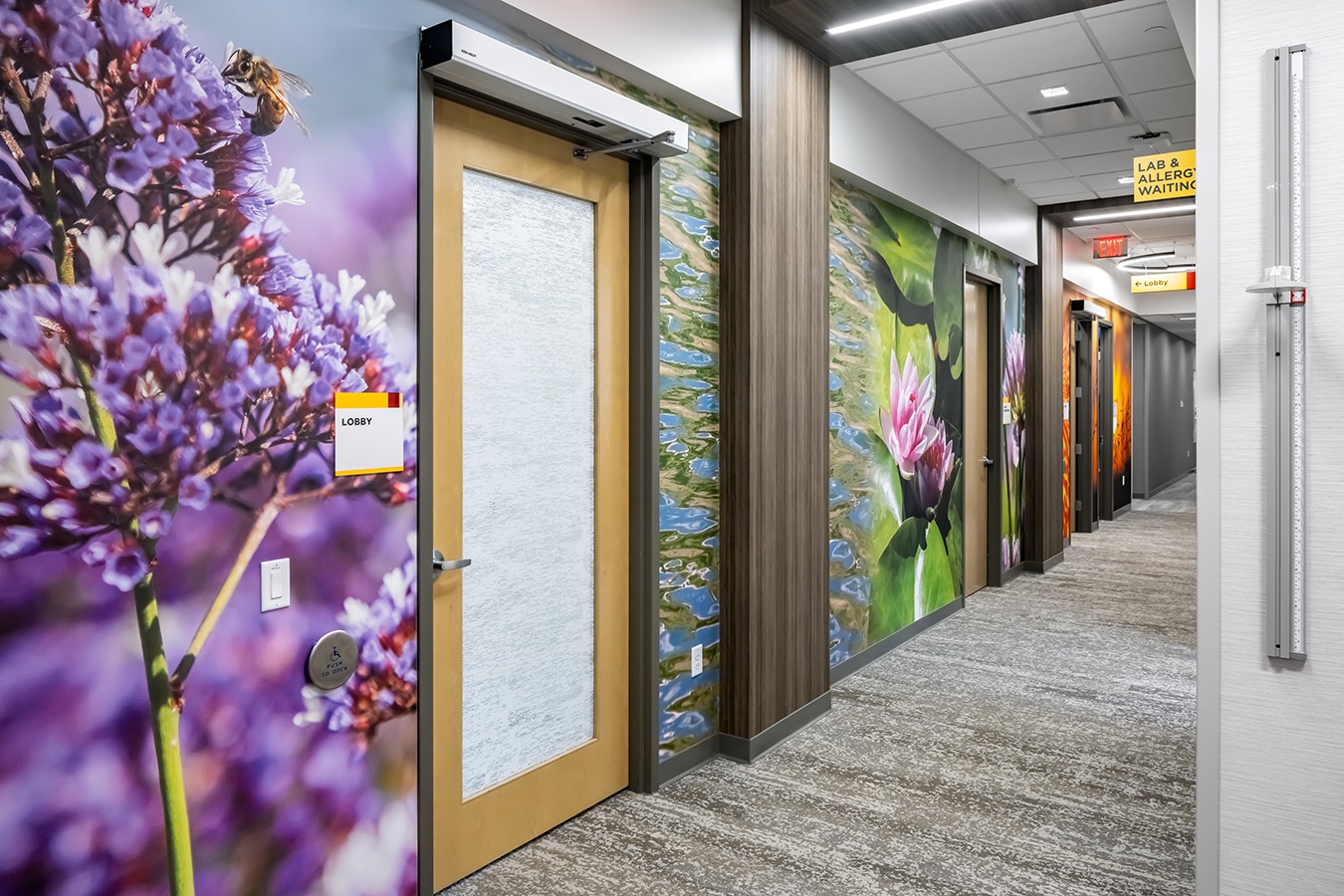How to Improve Patient Outcomes With Nature’s Organic Patterns
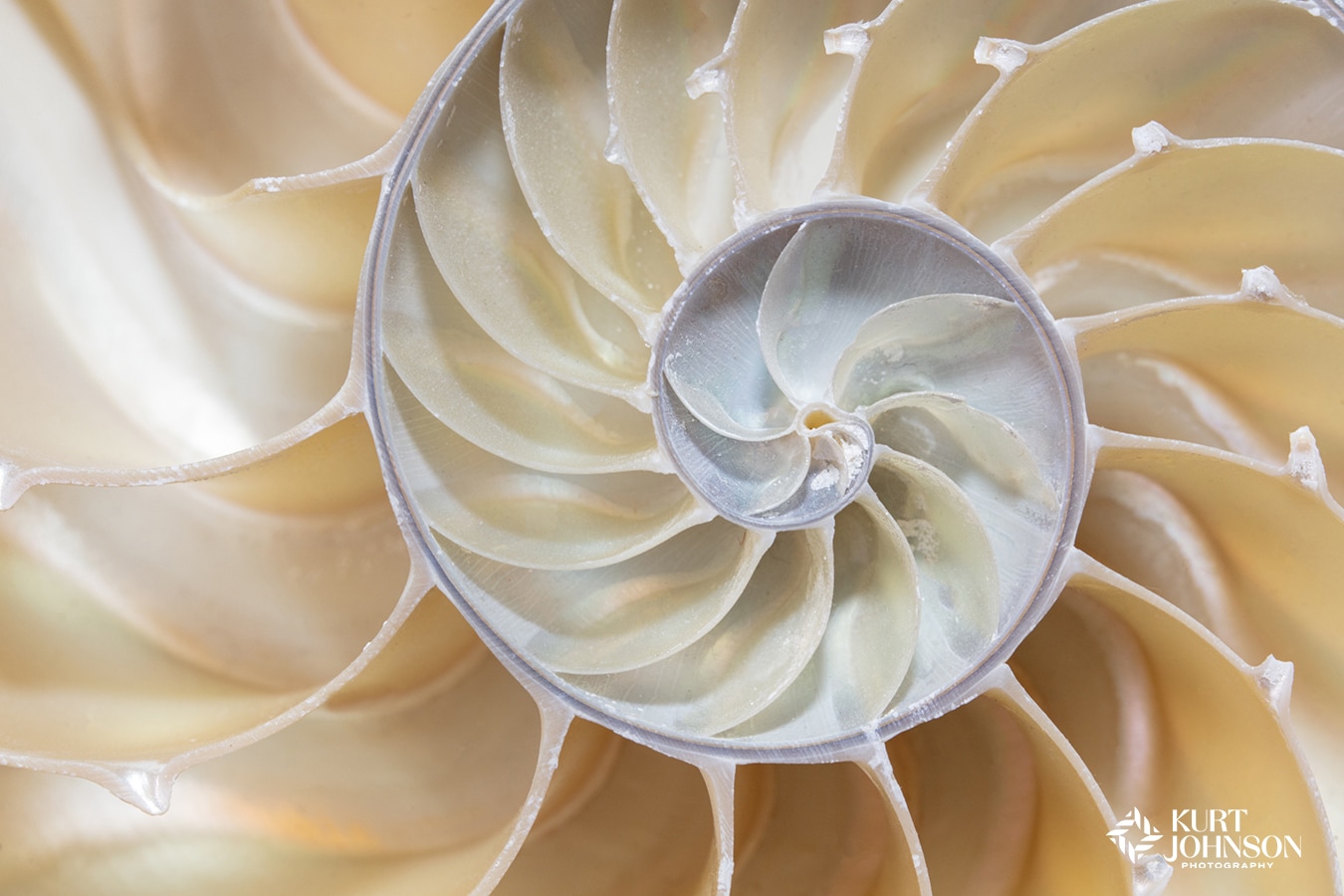
Recovering from stress faster. Feel-good sensations. Relaxed brainwaves. These are all things healthcare and wellness environments consider when looking at how to improve patient outcomes.
And these are also the results of a recent study that looked at the brainwaves of participants who viewed computer-generated fractal patterns that mimicked those seen in nature.

It all began with a physicist’s curiosity about the appeal of artist Jackson Pollack’s paintings.
In a recent article in The Atlantic by Florence Williams and Aeon, “Why Fractals Are So Soothing,” Williams follows the trail of physicist Richard Taylor’s study from the appeal of Pollack’s work to the discovery of the fractal patterns within the brushstrokes that imitate the fractal patterns found organically in nature.
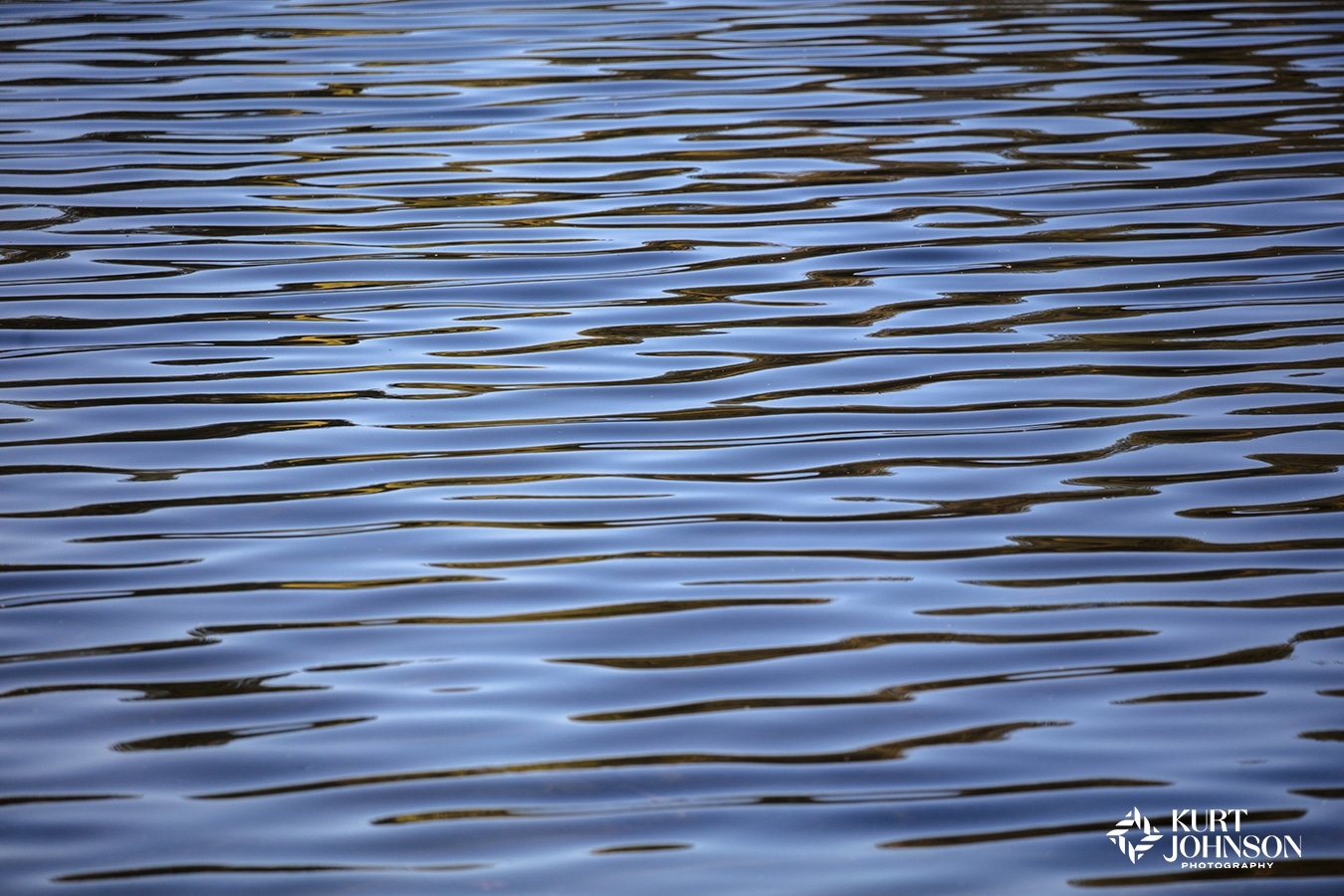
According to the Fractal Foundation, “A fractal is a never-ending pattern,” and nature is filled with them.
These fractals appear in “. . . trees, rivers, coastlines, mountains, clouds, seashells, hurricanes, etc. . ..”
And the results of Taylor’s experiments to measure the impact of fractals on those viewing them were notable. Taylor found:
“. . . they recovered from stress 60 percent better when viewing computer images with a mathematical fractal dimension (called D) of between 1.3 and 1.5. D measures the ratio of the large, coarse patterns (the coastline seen from a plane, the main trunk of a tree, Pollock’s big-sweep splatters) to the fine ones (dunes, rocks, branches, leaves, Pollock’s micro-flick splatters).”

In healthcare environments, where stress is one of the primary concerns of the entire care team, seeing those types of numbers associated with viewing fractal patterns seems significant. As does the ability to trace these patterns back to those found in nature.
Definitely another reason to incorporate nature and nature photography into healthcare environments when considering how to improve patient outcomes.

Colorful framed images create a soothing atmosphere for the entire care team at UNMC’s Munroe-Meyer Institute in Omaha, NE.
One project we worked on that immediately comes to mind for choosing nature images with these types of patterns was the world-renown University of Nebraska Medical Center’s Munroe-Meyer Institute in Omaha, Nebraska.
- The details of this dandelion serve as a positive distraction for patients at UNMC’s MMI in Omaha, NE.
- Nature’s fractal patterns engage patients in a corridor of UNMC’s MMI in Omaha, NE.
The images above are just a few of the framed art pieces chosen by designer, Alison Topp. This facility, serving the needs of people with intellectual and developmental needs, chose images backed by the most up-to-date research for healthcare design.
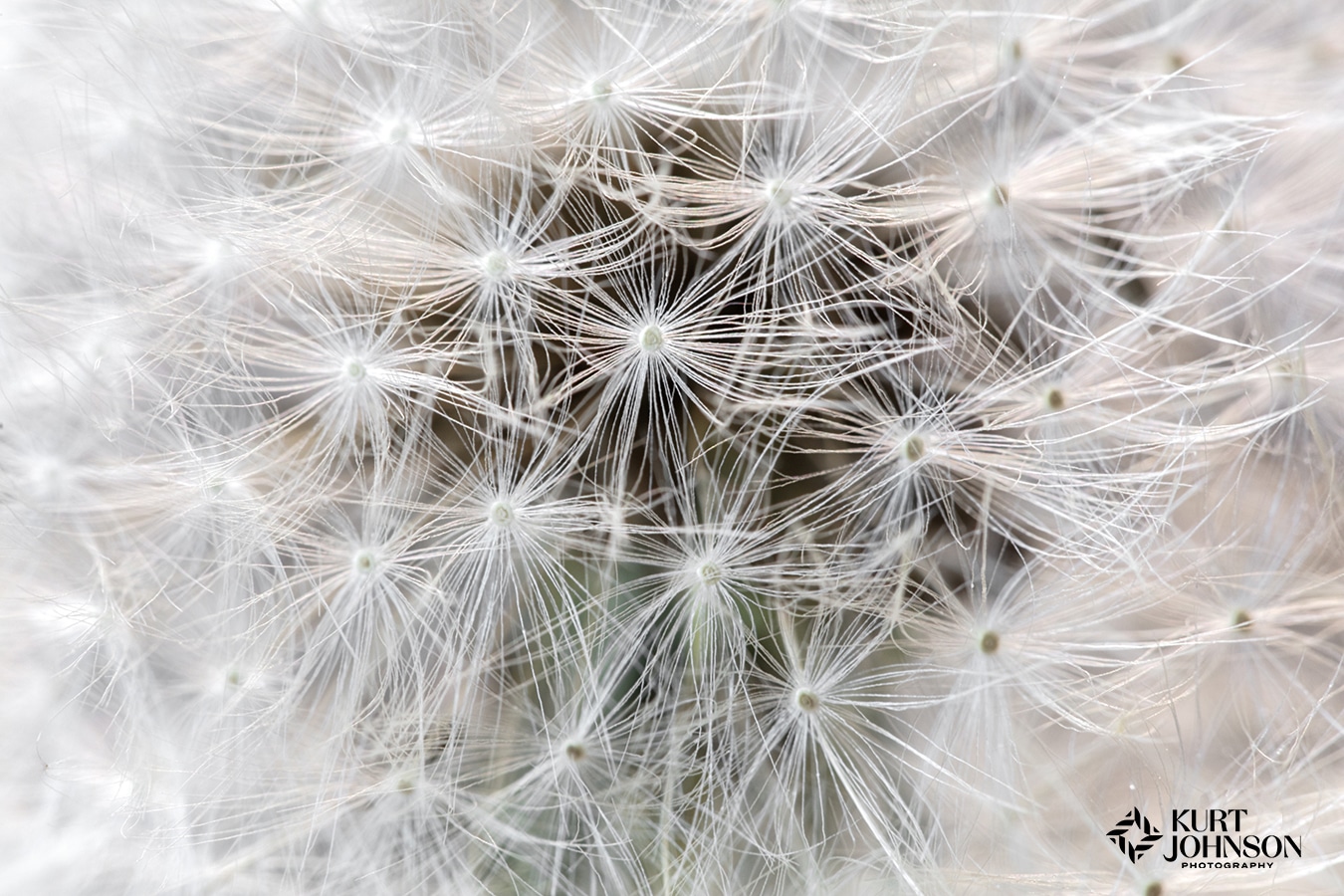
Topp told us the overall design strategy was choosing healing nature images that would allow viewers to lose themselves in the artwork. Topp described patients as “being able to dig in and find some special detail . . . count the rings, count the points on the petals, some of those pieces where you can kind of lose yourself in the images.”
As you can see from the installation images, several of the photographs chosen for the facility have repeating patterns similar to those described in Taylor’s fractal research.

“Taylor believes that our brains recognize that kinship to the natural world,” according to the article. He goes on to describe how those mesmerizing patterns can, “. . . lull us; it can engage us, awe us and make us self-reflect.”
And we couldn’t agree more. This is another study that reinforces our inherent connection to nature and the power of strengthening that bond to heal and, in the case of healthcare environments, to improve patient outcomes.
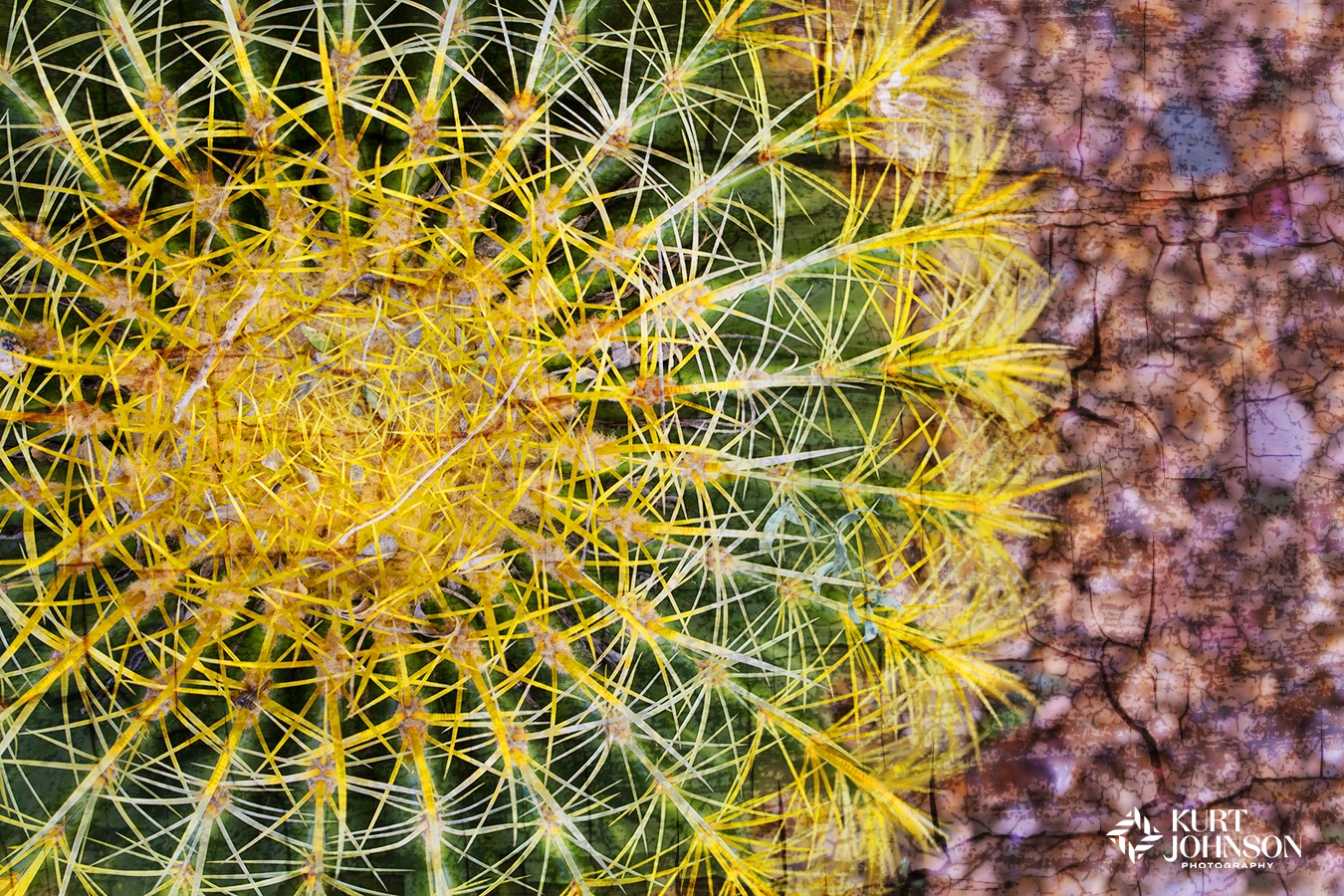
Categories: Healing, Healthcare, Installations, Research




